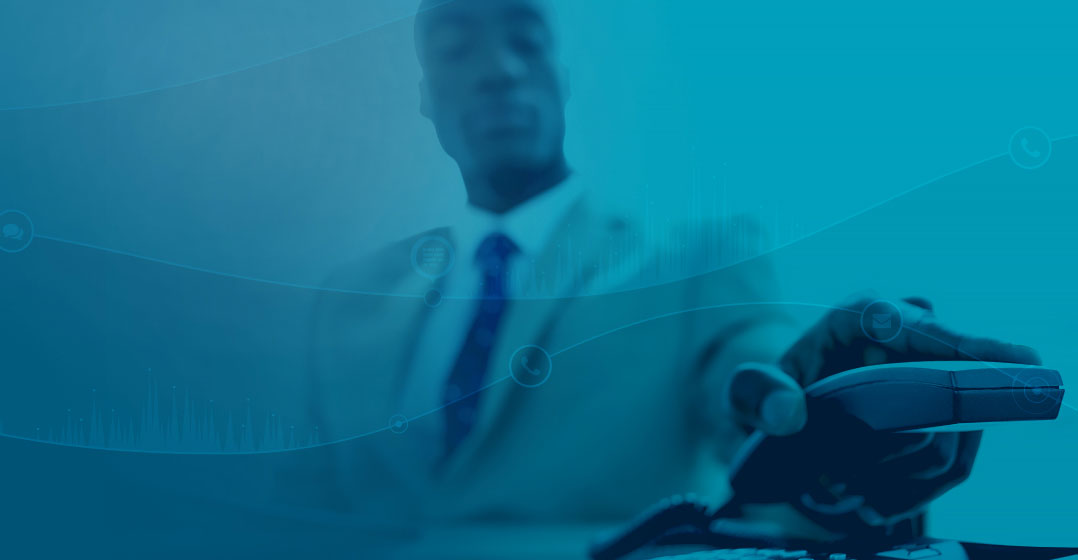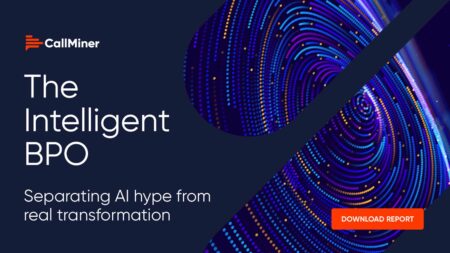 Technology developments move so quickly that it’s easy to miss out on improvements that could make a real difference to business performance. Artificial intelligence (AI) and machine learning (ML) probably fall into this category.
Technology developments move so quickly that it’s easy to miss out on improvements that could make a real difference to business performance. Artificial intelligence (AI) and machine learning (ML) probably fall into this category.
Three emerging use cases that can help you take an interaction analytics programme and convert your contact centre into a predictions centre for the whole business.
1. Use AI and ML to discover important trends and predict likely outcomes
If you’re anything like us, there will have been times when you’ve wanted to predict the future. Well, now you can — if you use AI and ML to accelerate finding “patterns” in the huge volumes of data associated with customer interactions captured in the contact centre. You can use these “patterns” for predictive scoring and discovery of key business insights.
Interaction analytics tools have the capacity to automate call categorisation and scoring. By adding AI and ML you will speed up the process of identifying patterns. As a result, you will be able to:
- Predict outcomes to interactions, such as the potential for sales to close, or the likelihood of a customer deciding to switch to another supplier.
- Discover trends that can have a big impact on your business productivity and performance. These include the causes of increases in call handle times, call volumes, customer dissatisfaction or repeat contacts, etc.
This kind of enriched insight presents great benefits for resource planning, sales and marketing campaign planning, or manufacturing and service planning. It can help to drive sales and collections revenue. It can also protect customer subscription revenue by identifying the likelihood of customer churn so you can prevent it from happening.

2. De-risk your business by predicting and detecting fraudulent transactions
Fraudsters are constantly developing new and innovative ways to commit fraud. So, relying on agents to recognise malicious attacks is a high-risk strategy. You will need to use technology to improve your defences.
Fraud analytics works because it can draw on insight created by analysing 100% of calls using interaction analytics. As a result, it is possible to identify patterns of speech, behaviours, emotional acoustics and keywords and phrases that are indicative of fraudulent behaviour. Voice biometrics can also be used to compare voices of customers with voices from identified fraudsters.
Whether you already have a speech analytics solution in place or are ready to invest in a new solution, here are five steps to take to use it effectively to detect fraud.
1. Review past fraudulent calls
Manually review all previous known fraudulent calls, so you better understand who a fraudster is, what techniques they use, and how they build rapport over time. Take note of specific questions asked and phrases they use such as “keep this call private” or how they introduce themselves. Other key items to look for ongoing trends include time or day of the week a call is made or reason for the call.
2. Identify keywords you want to listen for
Review the data and trends to determine which keywords and phrases you want to create notifications for. You can even create a flag if the caller has contacted you more than once in a certain number of days.
3. Customise a fraudulent scorecard
Just like you can create a scorecard to evaluate performance, you can do the same to identify potential fraudsters. By assigning a value to phrases, keywords and voice acoustics, the speech analytics software will assess and assign a grade to the call. The higher that score, the more likely it’s a potential fraud scenario.
4. Integrate scorecard with real-time guidance
Real-time analytics (see below) can provide guidance while on the call if the call is flagged as potential fraud. By having this on-screen guidance, they are less likely to take a misstep and end up a victim of fraud.
5. Track, update and track some more
To perfect fraud detection, you need to track the parameters you set and identify if they are creating false positives or overlooking fraudsters. Continue to adjust and track until you reach the desired outcome.
By implementing fraud analytics, contact centres can help prevent the business suffering significant reputational damage and financial losses. Just as importantly, fraud analytics can help to protect customers personal data from fraudsters.
3. Use real-time automated monitoring and alerting technology to deliver a better experience and improve productivity
When we talk to people about analytics, they usually think we mean an activity that takes place after a call is over. So, while they accept that this post-call analysis can help to improve future agent behaviour, they don’t see it as something that can influence the outcome of a live call. Which brings us to the next use of interaction analytics combined with AI and ML – real-time analytics.
Real-time analytics works by “streaming” transcripts of conversations in real-time. This enables key language patterns or acoustics, that are present or missing, to be identified so that if action is required, agents and supervisors can be provided appropriate information in the form of alerts or next-best-action guidance. For example, agents who forget to read a specific part of a script that assures regulatory compliance would receive corrective guidance on their dashboard. Supervisors can also be alerted to any calls in real time that look like they are deteriorating so they can take the necessary action to achieve a successful call outcome.
This means that a bad call should be a thing of the past. Imagine the difference that would make to your call centre. Imagine the difference it will make to agent satisfaction because they know they will always have customers leave a call happy.
That’s the emerging power of interaction analytics.
About CallMiner
CallMiner is a recognised leader in the speech analytics software industry, harvesting key customer and operational insights from multi-channel customer interactions. Uniting with our customers and partners, our platform drives contact centre efficiency, positive customer and employee experience, and significant improvements in top- and bottom-line corporate performance. Learn more by visiting CallMiner at www.callminer.com or on Facebook, Twitter or LinkedIn.
- This promoted content was paid for by the party concerned




